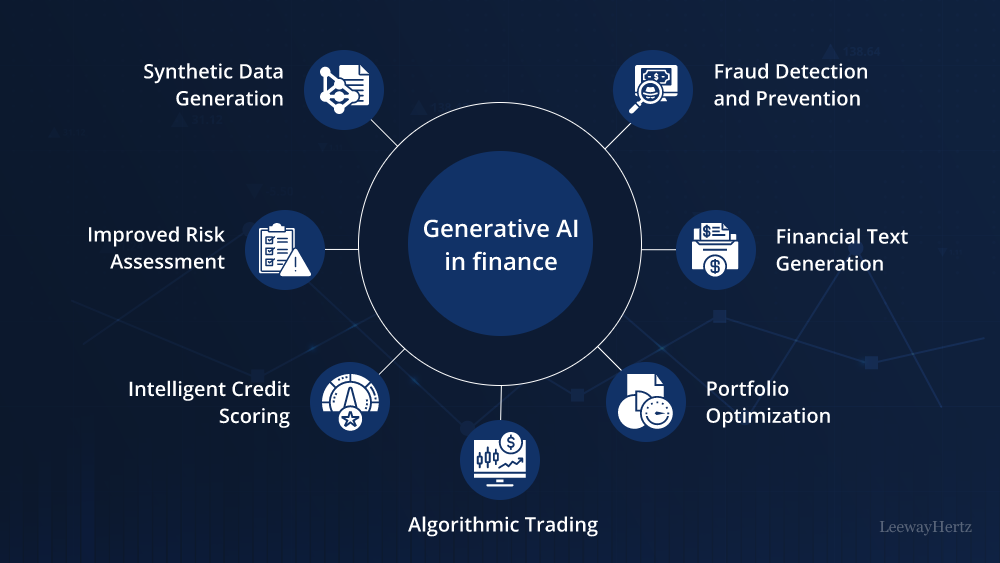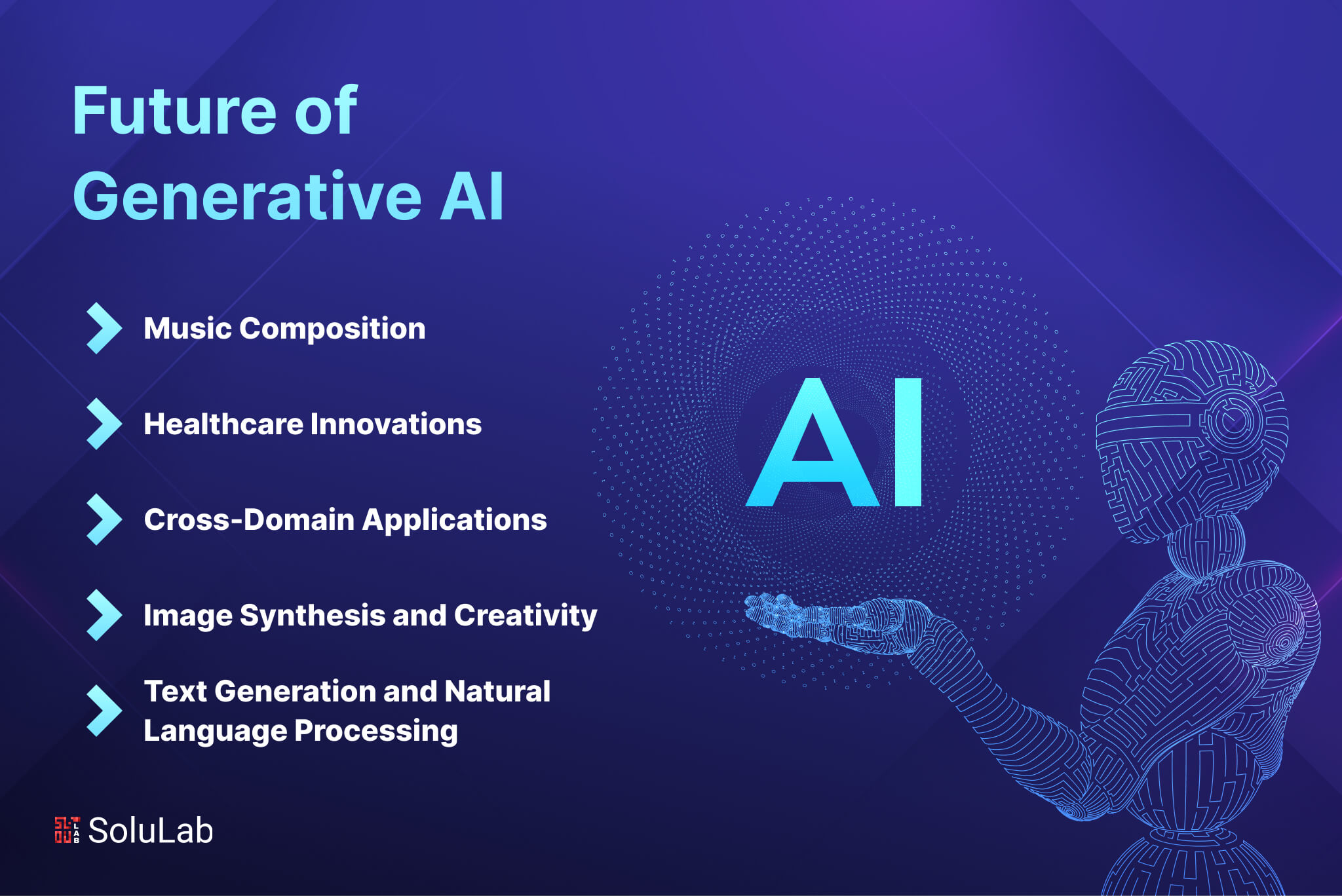All Categories
Featured
Table of Contents
Such models are trained, using millions of examples, to anticipate whether a particular X-ray shows indicators of a tumor or if a specific consumer is most likely to default on a finance. Generative AI can be believed of as a machine-learning model that is trained to create new data, as opposed to making a prediction regarding a particular dataset.
"When it pertains to the real machinery underlying generative AI and other types of AI, the differences can be a bit fuzzy. Frequently, the exact same formulas can be made use of for both," states Phillip Isola, an associate professor of electrical engineering and computer technology at MIT, and a member of the Computer technology and Expert System Lab (CSAIL).

One huge difference is that ChatGPT is far bigger and more complex, with billions of parameters. And it has actually been educated on an enormous quantity of data in this instance, much of the openly available text on the internet. In this significant corpus of text, words and sentences appear in series with certain reliances.
It discovers the patterns of these blocks of text and utilizes this expertise to suggest what might come next. While bigger datasets are one driver that resulted in the generative AI boom, a selection of major research advances likewise resulted in more complicated deep-learning styles. In 2014, a machine-learning style recognized as a generative adversarial network (GAN) was suggested by researchers at the College of Montreal.
The image generator StyleGAN is based on these kinds of designs. By iteratively refining their result, these models find out to produce new data examples that resemble examples in a training dataset, and have been made use of to create realistic-looking pictures.
These are just a few of numerous strategies that can be utilized for generative AI. What every one of these methods share is that they transform inputs right into a collection of tokens, which are mathematical depictions of portions of data. As long as your information can be transformed right into this criterion, token format, then theoretically, you can apply these methods to generate new data that look comparable.
Image Recognition Ai
While generative designs can attain extraordinary results, they aren't the best selection for all kinds of data. For tasks that involve making predictions on organized data, like the tabular information in a spreadsheet, generative AI versions have a tendency to be surpassed by traditional machine-learning techniques, claims Devavrat Shah, the Andrew and Erna Viterbi Professor in Electrical Design and Computer System Science at MIT and a participant of IDSS and of the Lab for Information and Choice Systems.

Formerly, people needed to chat to machines in the language of equipments to make things take place (AI in education). Currently, this interface has found out just how to speak to both humans and equipments," states Shah. Generative AI chatbots are now being used in phone call facilities to area questions from human consumers, yet this application emphasizes one possible red flag of executing these designs employee displacement
Conversational Ai
One appealing future instructions Isola sees for generative AI is its use for construction. As opposed to having a design make an image of a chair, maybe it might generate a prepare for a chair that can be created. He additionally sees future uses for generative AI systems in creating extra generally smart AI agents.
We have the ability to assume and dream in our heads, ahead up with intriguing ideas or plans, and I think generative AI is among the tools that will certainly empower representatives to do that, as well," Isola states.
Explainable Machine Learning
2 extra current breakthroughs that will be reviewed in more information listed below have played a vital component in generative AI going mainstream: transformers and the innovation language models they made it possible for. Transformers are a sort of device knowing that made it feasible for researchers to educate ever-larger versions without needing to classify every one of the information in breakthrough.

This is the basis for tools like Dall-E that instantly create pictures from a message description or generate message subtitles from images. These developments notwithstanding, we are still in the early days of utilizing generative AI to produce legible text and photorealistic stylized graphics.
Going onward, this technology can help compose code, design new medications, create products, redesign organization procedures and change supply chains. Generative AI starts with a punctual that could be in the type of a message, a photo, a video, a style, musical notes, or any input that the AI system can refine.
Researchers have actually been developing AI and other devices for programmatically creating web content since the very early days of AI. The earliest approaches, recognized as rule-based systems and later as "professional systems," utilized explicitly crafted rules for generating actions or data collections. Semantic networks, which create the basis of much of the AI and artificial intelligence applications today, flipped the issue around.
Developed in the 1950s and 1960s, the very first neural networks were limited by an absence of computational power and small information sets. It was not until the introduction of large information in the mid-2000s and enhancements in computer hardware that semantic networks became functional for producing web content. The field sped up when scientists discovered a means to obtain semantic networks to run in parallel throughout the graphics refining units (GPUs) that were being utilized in the computer system video gaming sector to provide computer game.
ChatGPT, Dall-E and Gemini (formerly Bard) are popular generative AI interfaces. Dall-E. Trained on a large data collection of images and their linked text descriptions, Dall-E is an example of a multimodal AI application that recognizes connections throughout several media, such as vision, message and sound. In this instance, it links the definition of words to aesthetic elements.
Artificial Neural Networks
It allows users to generate images in numerous styles driven by user triggers. ChatGPT. The AI-powered chatbot that took the globe by storm in November 2022 was constructed on OpenAI's GPT-3.5 implementation.
Table of Contents
Latest Posts
How Does Deep Learning Differ From Ai?
How Is Ai Used In Healthcare?
Ai In Retail
More
Latest Posts
How Does Deep Learning Differ From Ai?
How Is Ai Used In Healthcare?
Ai In Retail